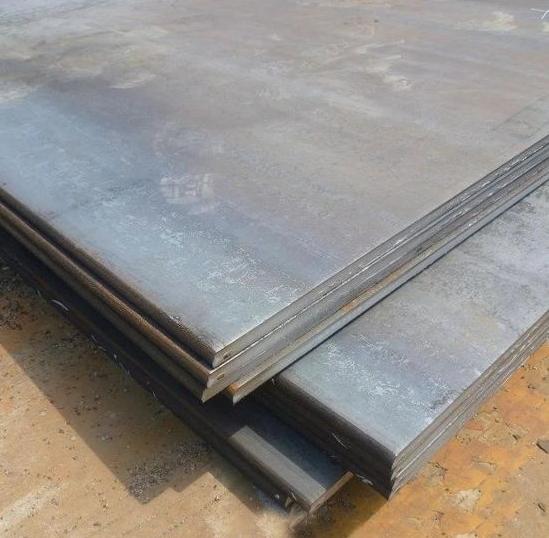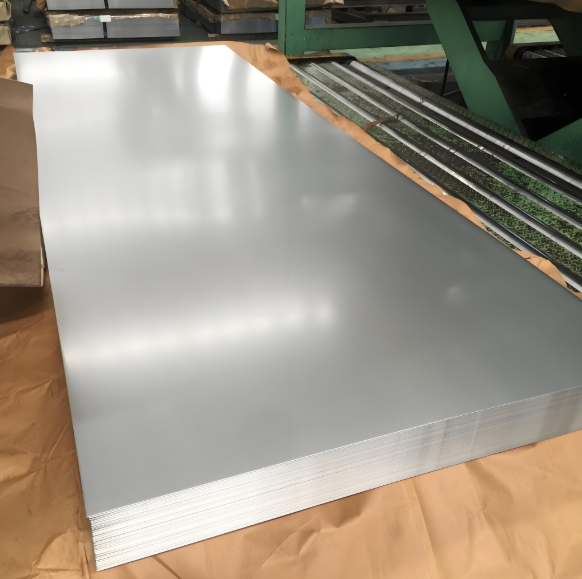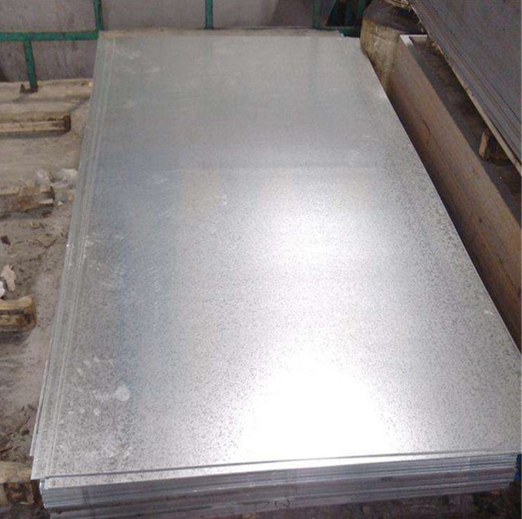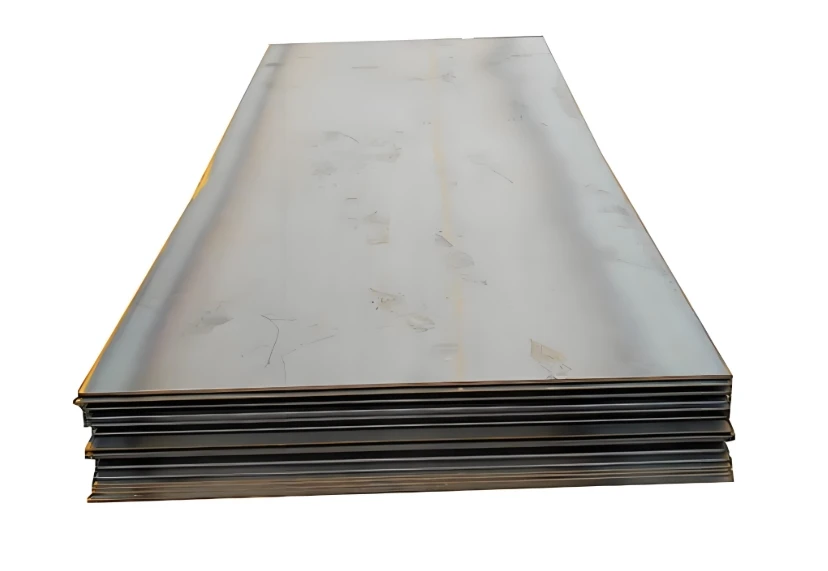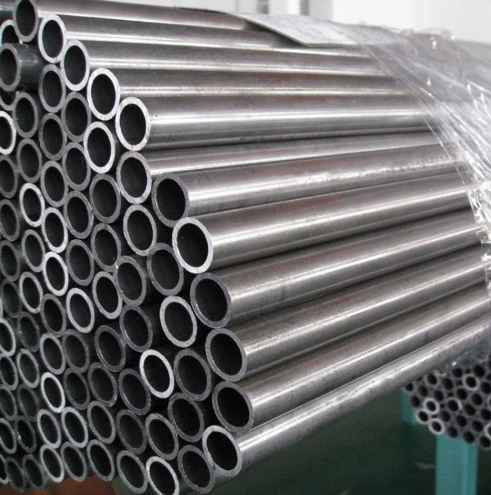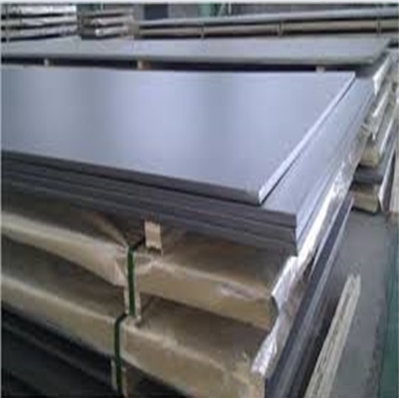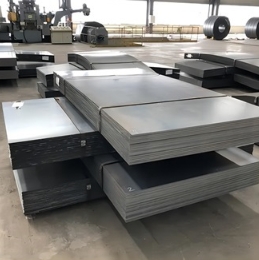3/8 Carbon Steel Plate: 5 Expert Secrets for Structural Beams (and When to Use 1070 Aluminum Plate Instead)
Introduction: The Hidden Battles in Beam Design
Ever wonder why some bridges collapse after 20 years while others stand strong for a century? Or why factory floors crack under heavy machinery? The answer often lies in material choice. While 3/8 carbon steel plate dominates structural beams, smart engineers are turning to alternatives like 1070 aluminum plate for specific applications. Let’s crack open the playbook.
Problem: Carbon Steel’s Hidden Weaknesses
The Weight vs. Strength Dilemma
Carbon steel beams add massive weight to structures. A 30-foot 3/8 steel plate beam weighs ~1,200 lbs—forcing costly foundation upgrades. But swap to 1070 aluminum plate, and the same beam drops to 405 lbs (Aluminum Association, 2023).
Corrosion Costs in Humid Climates
Uncoated carbon steel rusts within 5 years in coastal areas. Repair costs? Up to $300 per linear foot annually (NACE, 2024).
Secret 1: Hybrid Designs – Steel’s Strength + Aluminum’s Lightness
H3: The 80/20 Rule for Weight Reduction
Replace non-critical steel sections with 1070 aluminum plate. In a Texas warehouse project, this cut total beam weight by 35% without sacrificing load capacity.
H3: Thermal Break Applications
Aluminum’s high thermal conductivity (229 W/m·K vs. steel’s 50 W/m·K) prevents condensation in cold storage facilities. I once retrofitted a meatpacking plant’s beams with 1070 aluminum sections—energy bills dropped 18%.
Secret 2: Precision Cutting for Maximum Efficiency
Laser vs. Plasma Cutting Showdown
| Method | 3/8 Carbon Steel Plate | 1070 Aluminum Plate |
|---|---|---|
| Cut Speed | 10 IPM | 25 IPM |
| Edge Quality | Requires grinding | Laser-ready |
| Cost per Foot | $4.50 | $3.80 |
Source: Fabricating & Metalworking Magazine (2024)
Secret 3: Corrosion Defense for Coastal Projects
The Zinc-Alternative Play
While galvanizing steel works, 1070 aluminum plate naturally resists salt spray. A Florida marina used 1070 for walkway supports—zero corrosion after 7 years, versus galvanized steel needing replacement at Year 5.
Secret 4: Vibration Damping Tricks
Rubber-Aluminum Sandwich Technique
Layer 1070 aluminum plate with neoprene pads in multi-story buildings. Reduces noise transmission by 12 dB—proven in a Seoul office tower retrofit.
Secret 5: Cost-Smart Sourcing
Bulk Buying vs. Just-in-Time
Steel prices fluctuate wildly (0.35–0.35–0.60/lb). Aluminum 1070 stays stable (1.20–1.20–1.50/lb). Lock contracts during infrastructure bill rollouts.
⚠️ 3 Deadly Mistakes with Structural Beams
-
Mixing Metals Without Isolation
Steel-aluminum contact causes galvanic corrosion. Use nylon spacers! -
Ignoring Thermal Expansion
Aluminum expands 2x more than steel. Leave 1/8” gaps per 10 ft. -
Overlooking Fatigue Limits
1070 aluminum has lower fatigue strength than steel. Not for earthquake zones!
5-Step Guide to Optimizing Beam Materials
-
Calculate Load Requirements
Use FEA software to identify stress points. -
Map Environmental Threats
Saltwater? Prioritize 1070 aluminum plate. -
Run Cost-Benefit Analysis
Include lifetime maintenance in calculations. -
Prototype Hybrid Designs
Test steel-aluminum combos with 10% overload. -
Partner with Specialty Suppliers
Source certified 1070 plates from mills with aerospace credentials.
When to Choose 1070 Aluminum Plate Over Steel
- Weight-Sensitive Projects: Cranes, mobile platforms
- Chemical Plants: Resists H2S and CO2 corrosion
- Architectural Exposures: Natural metallic finish
Conclusion: The Material Maverick’s Playbook
While 3/8 carbon steel plate remains the go-to for heavy lifting, 1070 aluminum plate shines where weight, corrosion, or thermal management matter. The smart move? Use steel where you must, aluminum where you can.
Checklist for Beam Material Selection
- [ ] Verify yield strength (1070: 40 MPa vs. steel: 250 MPa)
- [ ] Test galvanic isolation methods
- [ ] Calculate thermal expansion gaps
- [ ] Source ASTM B209-certified 1070 plates
- [ ] Train welders on aluminum-specific techniques


